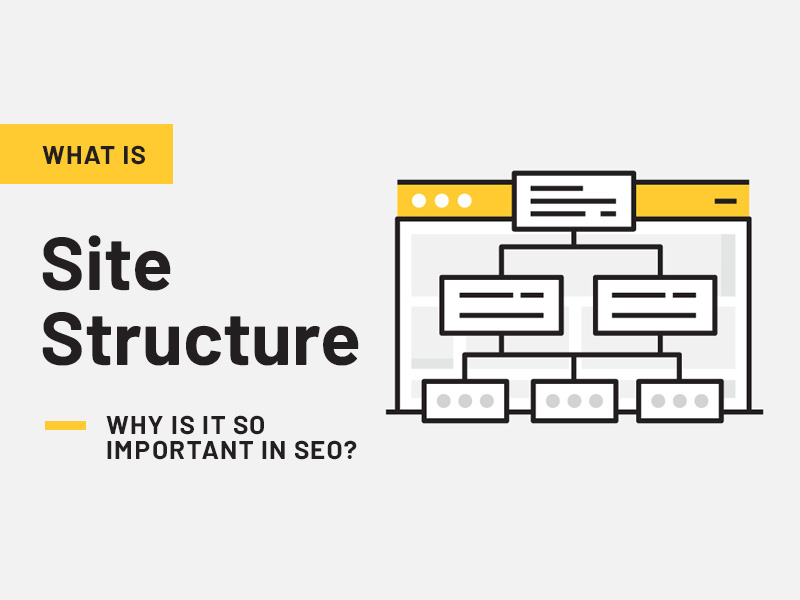How familiar are you with the structure of your website? Are your blog posts linked internally? Do you have multiple categories to help organise your website’s content? If not, then you may wish to stick around and give this article a read. We’re going to write about site structure and its importance in the world of SEO.
What is site structure?
Site structure, as you may have already guessed, refers to how you organise your website and its content (e.g., the pages and blog posts within).
Naturally, these pages will often share a variety of related topics and your site structure will deal with how this content is grouped together, linked internally, and presented to all website visitors.
Using various categories and tags (and internal links) and navigation will help improve the overall site structure. In doing so, it makes it far easier for your users to navigate your website and find their way around. And of course, it makes it easier for Google to crawl and index your website as well, which keeps them happy!
Why is site structure so important in SEO?
Site structure is a critical aspect of any SEO strategy, but why?
Simply put, the way that your website is structured will indicate to Google which of your pages are most important. As such, Google will be able to rank your content accordingly.
As mentioned above, the more organised your structure, the easier it is for Google to crawl and index all of the pages within your website.
Furthermore, a solid site structure also means a more intuitive onsite experience for your visitors which ultimately results in a lower bounce rate, more time spent on your website, and (all going well) higher conversions – which all send positive ranking signals to Google.
How to sort your site structure?
So, where do you even begin with tidying up your site structure? Here are a few handy tips to help you get started…
- Remove old / irrelevant content: whenever you stop selling certain products, those pages should be removed. In the same breath, you should also redirect any backlinks so that you can still benefit from them.
- Manage your categories: as you create more and more content, you should create sub-categories as well. This will help ensure that your primary categories don’t get too clogged up.
- Create a solid internal linking structure: proper internal linking is good practice, period. Again, it’s helpful for your users while also indicating to Google which content is most important.
- Hire the professionals: of course, if the thought of digging around in the back end of your website and sorting out all of the pages and blog posts doesn’t appeal to you, we completely understand. It ain’t easy! Fortunately, if you hire professionals, like this SEO agency in Singapore, they can help you make light work of your site structure – for the best results.
Final thoughts
So, in conclusion:
- Site structure refers to how you organise the pages and content within your website.
- It is critical for SEO, as a solid site structure makes it easier for your users to navigate thus providing a superior UX, while also helping Google to crawl and index your pages accordingly.







